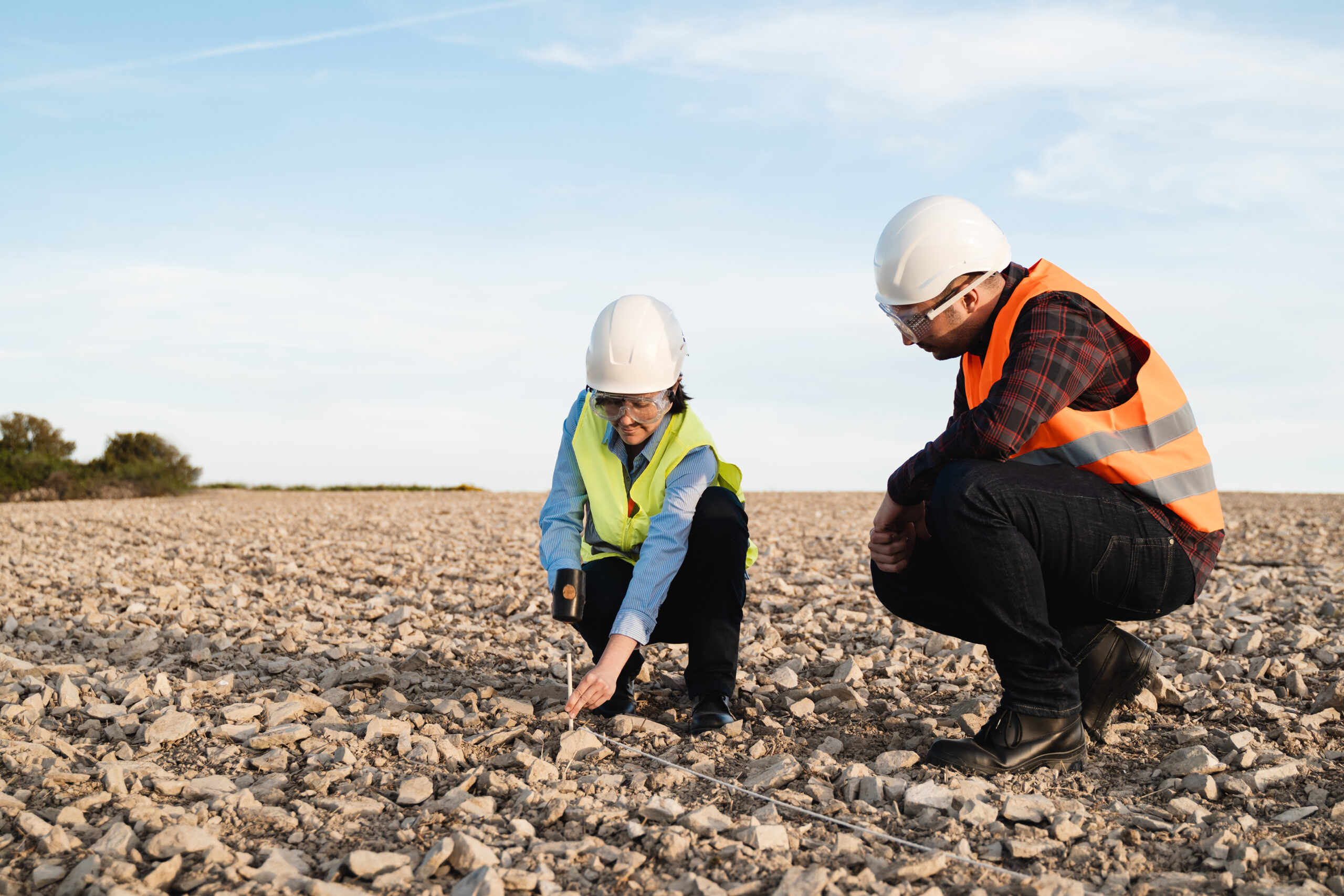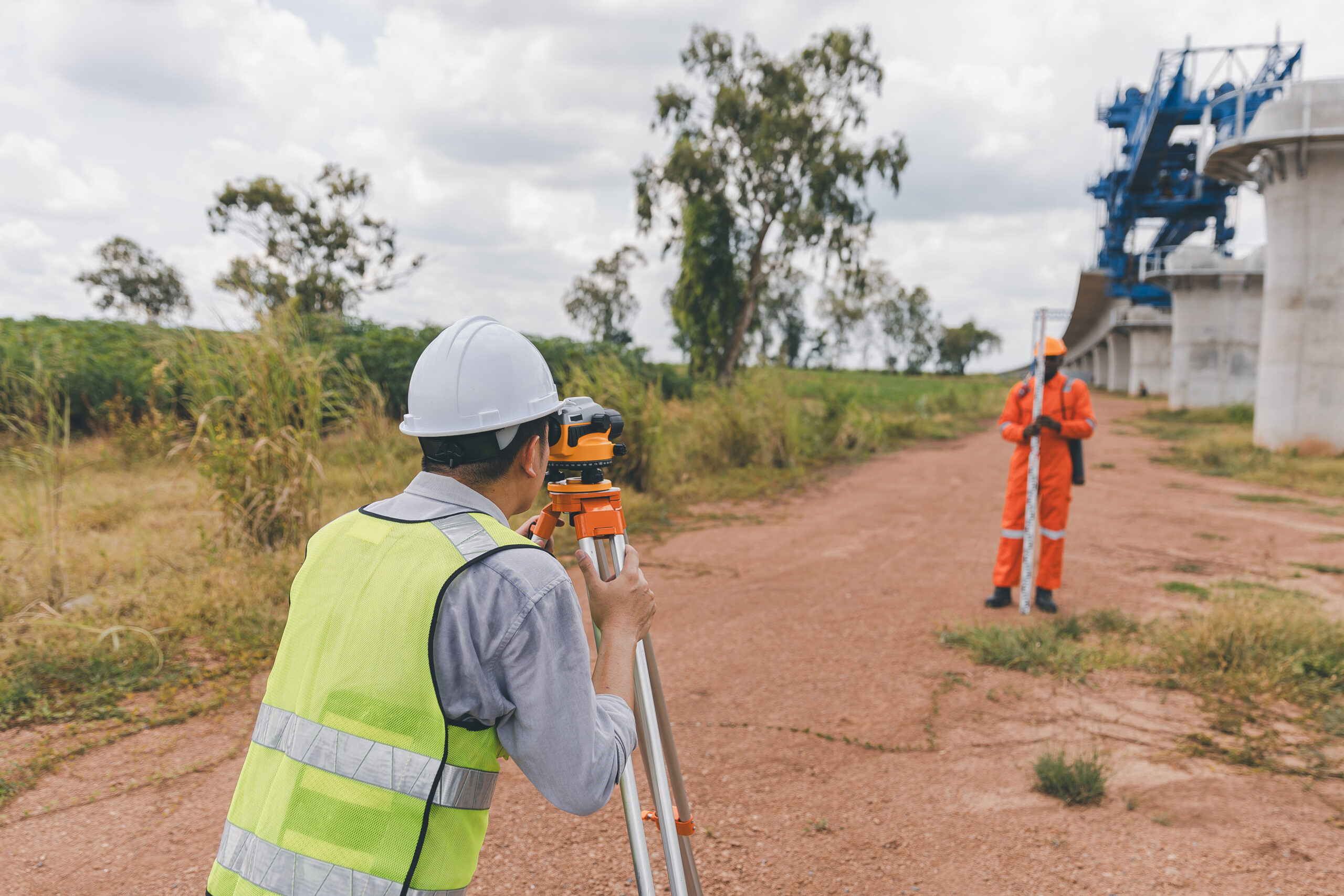
The Role of Ground Penetrating Radar in Site Feasibility Studies
November 25, 2025 2:07 pmWhen you’re planning a new development, the last thing you want is a nasty surprise hiding beneath the ground. That’s exactly why a site feasibility study is such an important part of the early stages of any project. It gives developers, engineers, and planners the information they need to decide whether a site is safe, practical, and worth the investment. One of the unsung heroes in this process is Ground Penetrating Radar (GPR), a clever tool that can see what’s going on below the surface without so much as lifting a spade.
I’ve seen projects where GPR has flagged up issues that could have caused real headaches had they only been discovered once diggers were on site. From buried utilities to old foundations and hidden voids, what you find beneath the ground can make or break a project before it even begins.
What is a Site Feasibility Study and Why Does it Matter?
Put simply, a site feasibility study helps you decide if a project stands a chance of getting off the ground. It looks at things like access, planning constraints, and environmental concerns, but one of the most crucial areas is the condition of the ground itself.
Why does this matter so much? Because ground conditions can quickly derail a development. Imagine breaking ground on a new block of flats and discovering a forgotten network of services underneath. Or worse, hitting an unstable patch of ground that wasn’t factored into the design. These situations aren’t just expensive, they can stop a project in its tracks. That’s why developers and planners often turn to experts in subsurface investigation for construction, and why tools like GPR come into play so early on.
Ground Penetrating Radar A Quick Introduction
So how does GPR actually work? In very simple terms, the equipment sends signals into the ground. These signals bounce back when they hit different materials, giving us a picture of what’s lurking beneath the surface.
That could be:
- Utilities and service pipes that don’t appear on the drawings
- Old foundations or construction debris you’d rather not discover later
- Voids or cavities that spell trouble for stability
- Soil layers and ground variations that affect buildability
The beauty of GPR is that it doesn’t involve digging or disruption. It’s non-invasive and quick, which makes it perfect for the early decision-making process. Developers get results fast, without the risk or cost of trial pits, and with a lot more confidence in their next steps.

How GPR Adds Real Value at the Feasibility Stage
This is where GPR really shines. By slotting into the wider site feasibility process, it brings some very practical benefits.
First, it speeds things up. You can scan large areas in a relatively short time, saving everyone from unnecessary delays. Then there’s the peace of mind it provides when making design decisions. Architects and engineers can get foundations right from the outset because they know what’s beneath.
There’s also the safety aspect. Knowing where hidden utilities are before work starts means fewer accidents and a much safer environment for the teams on site. And of course, the cost savings of preventing unexpected discoveries further down the line are considerable.
I’ve found GPR works brilliantly when paired with other surveys, such as ground investigation, utility mapping with PAS 128 standards, or even CCTV drainage surveys. It’s a building block within a bigger picture, giving a more joined-up understanding of any site.
Where It’s Most Useful
The use cases for GPR at the feasibility stage are varied, but a few common examples stand out:
- Brownfield sites where layers of previous construction can hide all sorts of obstacles. Without GPR, these sites can be unpredictable.
- Urban redevelopment projects where hidden utility networks are common, and sometimes not well recorded.
- Commercial and residential work where knowing ground stability early on helps you design with confidence.
- Public infrastructure schemes where councils or authorities need certainty about buildability before committing budgets.
Whether it’s a housing development on a reclaimed site or the regeneration of a city centre block, GPR helps to answer the big question: can we build here, and if so, how?
Things to Keep in Mind
Now, GPR isn’t a silver bullet. There are some important considerations to bear in mind.
Ground type matters, for example. Very clay-heavy soils or highly conductive material can limit the depth and clarity of readings. The quality of results also comes down to the operator’s experience. Interpretation isn’t always straightforward, which is why having trained surveyors is so important.
It’s also worth remembering that GPR shouldn’t be used in isolation. It’s one piece of the puzzle, and it works best when combined with data from boreholes, topographic surveys, or underground utility and CCTV inspections. When all this information is brought together, you get the kind of certainty that makes feasibility assessments truly reliable.

Why We Use GPR at Castle Surveys
At Castle Surveys, we’ve seen first-hand how valuable GPR can be at the feasibility stage. Our team uses it as part of tailored survey packages that combine topographic mapping, PAS 128-compliant utility surveys, and even drone surveys where appropriate.
This joined-up approach means our clients aren’t just handed a stack of raw data, they receive insights that are practical and ready to be used. If there’s a utility conflict, we’ll highlight it. If ground conditions suggest reinforcement might be needed, you’ll know straight away. That early knowledge can save weeks or even months once excavation begins.
We’ve worked with developers, engineers, and planning consultants across a huge mix of projects, from city centre redevelopments to rural housing schemes. The common thread in all of them is that GPR gave our clients the confidence to move forward without unnecessary risk.
Wrapping Things Up
A site feasibility study is all about managing uncertainty, and GPR is one of the best tools we’ve got for shining a light on what’s beneath our feet. By spotting problems early, from hidden pipes to unstable ground, it gives you the information you need to plan properly and invest wisely.
Ground penetrating radar isn’t just about finding things underground, it’s about avoiding the setbacks and surprises that can derail projects. It’s about working smarter, not harder, at the very start of the process.
So, if you’re planning a development and want to uncover potential risks before they cost you time and money, we’d be happy to help. Speak to Castle Surveys about incorporating GPR into your site feasibility study and get the clarity you need right from the start.
This post was written by Paul Jackson

Comments are closed here.